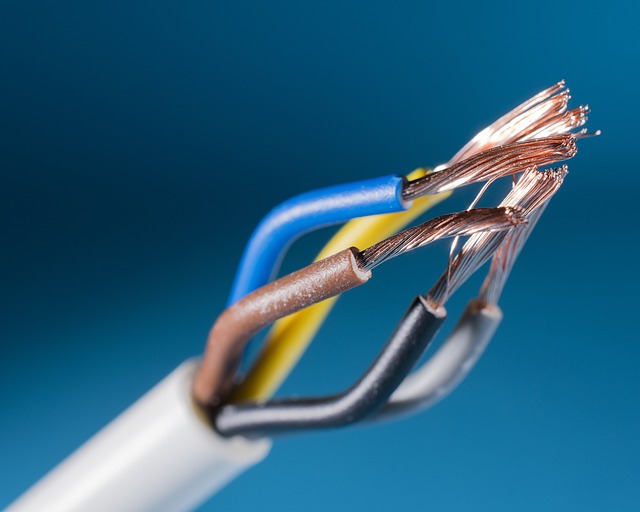
Wires and cables form the backbone of our electrical and telecommunication infrastructures, allowing us to power our homes and connect with the world. While often used interchangeably, these terms have distinct meanings. A wire is a single conductor, typically made from metals like copper or aluminum, which conduct electricity efficiently. A cable, on the other hand, comprises multiple wires or conductors bundled together in a single sheathing.
Bare Copper
As the name suggests, bare copper wires lack any insulating or protective coating, exposing the bare copper metal. Often, we use these wires for grounding electrical systems, which is essential for safety. Although we can bundle bare copper wires into cables for particular applications, we usually employ them as individual wires because of their primary function in grounding.
Building Wire
Building wire, which can be either a single wire or multiple wires within a cable, forms the infrastructure of residential, commercial, and industrial electrical systems. Known for its high conductivity and insulation, building wire includes varieties such as THHN, NM-B, and UF-B, each designed for specific applications like indoor or outdoor wiring and underground use.
Battery Wire
Battery wire, or battery cable, is a heavy-duty conductor used to connect batteries to various electrical systems. Given its role in transmitting large currents, it typically consists of a bundle of fine wire strands, offering flexibility and durability.
Communication Cables
In the realm of telecommunication, communication cables reign supreme. These can range from simple twisted pair cables for telephone lines and Ethernet connections to complex fiber optic cables for high-speed data transfer.
PV Wire and USE-2 Wire
Photovoltaic (PV) wire and Underground Service Entrance (USE-2) wire play critical roles in the context of solar power systems. The function of PV wire is to connect solar panels together within an array and establish a link from the array to the inverter or junction box. On the other hand, USE-2 wire is responsible for transmitting the current produced by the photovoltaic system to the electricity grid or the service panel of a house. Each of these types, whether as standalone wires or multiple wires encapsulated within a cable, is engineered to endure extreme outdoor environments and elevated temperatures.
The Importance and Applications of Wires and Cables
Each wire and cable type finds its unique application based on its properties. For example, you might use bare copper for grounding in new building construction, while PV wire would be your go-to for a solar panel installation. The choices depend on the specific needs of the electrical or telecommunication system involved.
In conclusion, the world of wires and cables is as complex as it is fascinating. Understanding the nuances can empower you to make informed decisions, whether you’re planning a DIY home improvement project, installing a state-of-the-art solar power system, or laying down the infrastructure for a skyscraper.

